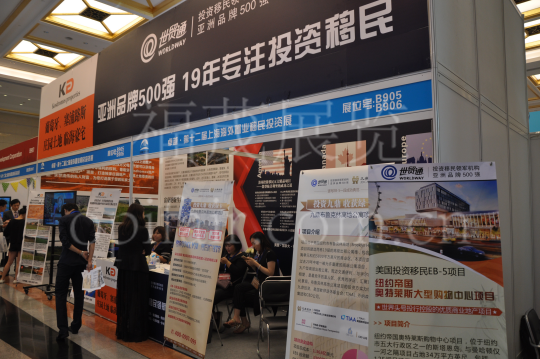How Free Consultations and Discounted Programs Aid Immigration Decisions
In the wave of global immigration, immigration expos, as a core platform connecting those seeking immigration with professional resources, not only gather updates on immigration policies from various countries but also offer numerous hidden benefits. These benefits are often presented in the form of free consultations and discounted programs, becoming an indispensable value-added resource in immigration decision-making.
Free Consultation Services: The Invisible Gateway to Professional Guidance
One of the core values of immigration expos lies in providing free professional consultation services. Exhibitors typically include immigration lawyers, tax planners, education consultants, and project developers. Through on-site Q&A sessions and one-on-one consultations, they provide attendees with free legal assessments, tax optimization solutions, and educational pathway planning. For example, regarding the frequently asked question of “how to avoid double taxation in countries with global taxation,” professional tax consultants can provide customized solutions; while education consultants can analyze the details of the “Joint Entrance Examination for Overseas Chinese Students” policy, helping families plan their children’s educational paths. Such free services not only reduce decision-making costs but also reveal policy blind spots from a professional perspective, avoiding decision-making errors caused by “information asymmetry.”
Special Offers: The Hidden Value of Limited-Time Benefits Special offers at immigration expos often take the form of “limited-time specials” and “exclusive packages,” covering multiple dimensions such as investment immigration, skilled worker immigration, and entrepreneur immigration. For example, some countries’ programs may offer benefits such as “investment amount reduction” or “application fee discount” during the expo, or provide a “approval first, investment later” risk protection mechanism. In addition, partner institutions such as banks and immigration agencies may offer “one-stop service packages,” including value-added services such as language training, asset allocation, and settlement services. These special offers indirectly improve the cost-effectiveness of immigration programs by reducing upfront costs or increasing service value, becoming invaluable opportunities during the “window period.”
Sources and Acquisition Strategies of Hidden Benefits Hidden benefits come from various sources, including official “participant privileges” offered by the organizers (such as free information packages and lucky draws), as well as “hidden benefits” set up by exhibitors to attract customers (such as VIP channels and fast-track approval channels). Participants can proactively obtain benefit information by registering in advance, following official channels, and participating in themed forums. For example, scanning a QR code to participate in an “Immigration Policy Interpretation Session” unlocks an exclusive discount code; while participating in a “Post-Immigration Tax Planning” themed salon may provide the opportunity to interact face-to-face with top tax experts.
How to Maximize Hidden Benefits?
Effectively utilizing hidden benefits requires following the logic of “information filtering—precise matching—long-term follow-up.” First, obtain authoritative information through official channels to avoid being misled by “false promises”; second, precisely match consulting services according to individual needs (e.g., high-net-worth individuals focus on tax planning, while family immigrants focus on education packages); finally, transform short-term benefits into long-term value through follow-up (e.g., establishing professional advisor relationships through free consultations and continuously obtaining policy updates).
Conclusion: The hidden benefits of immigration expos essentially provide cost-effective solutions for immigration decisions through resource integration and professional empowerment. Whether it’s the decision support provided by free consultations or the economic value released by preferential programs, their applicability must be examined from a rational perspective.







